Wap Welcome to visit Love Fishing
Although carp is not as cold-resistant as crucian carp, it is also ready to move after the Jingzhe River. When the rape flowers bloom, carp will become very easy to fish. This is what the folk saying goes: fishing for two yellow fish when fishing for carp. Fishing for rapeseed flowers in spring, and fishing for chrysanthemums in autumn. In fact, from the perspective of temperature, they are all cold stages, because carp also have the characteristics of being afraid of heat in Xiliang. The opening is early and the stop is late. It is best to catch any target fish when it is a bit cold and not warm. Carp forages in spring have a large amount of food and a large range of food. When choosing a fishing spot, you can choose a place with a lot of food and a channel to the food, which are all good fishing spots.
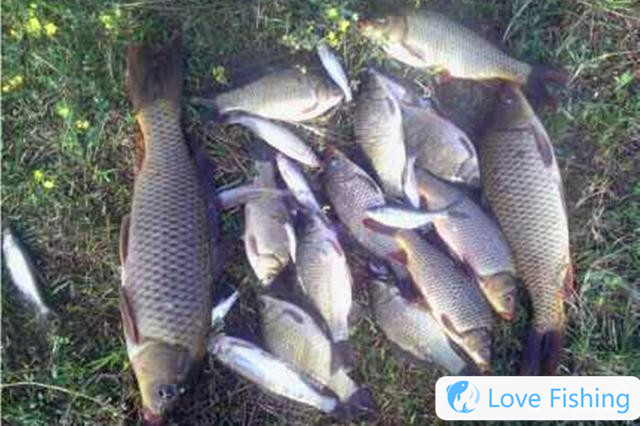
1. Muddy Water Bay and both sides
Carp likes muddy water, and carp's activities can also cause muddy water, so muddy water is closely related to fishing for carp. Carp likes muddy water, because carp likes to arch the mud and sand at the bottom of the water to find food. The bottom of the muddy water area is softer and suitable for carp for food. When carp are foraging, mud and sand will also cause muddy water. In spring, carp are basically in the Muddy Water Bay, which is now facing the sun. Fishing in this place is enough to catch 1.5 meters deep, and you can catch large carp even if you have a short pole and a thin line. In larger water surfaces, carp will pass through both sides when entering the bay, so it is possible to watch the bay in Xiangyang, fishing bay in both sides, one is the fish path and the other is the terrain of the fish nest.
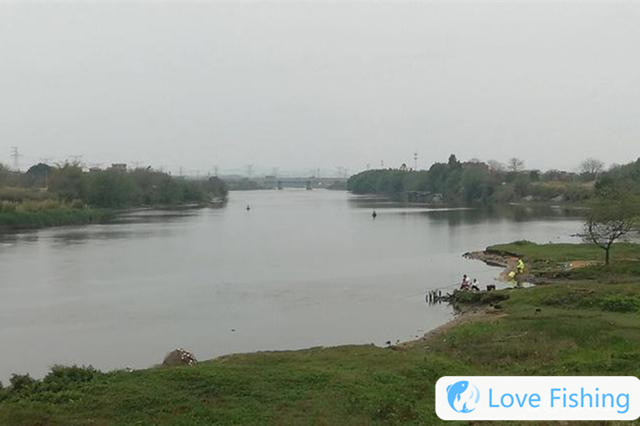
2. Near the inlet and outlet
The entrances and exits are also typical muddy water areas, but the terrain characteristics of the two are actually different. The muddy water at the inlet is because the water flow carries mud and sand. The water flow also carries some edible things, and it also has the characteristics of high dissolved oxygen. Carp in spring likes to swim upwards after precipitation, especially foraging in muddy water areas near the inlet. The water outlet is the result of the deposit of mud and sand and food, and it can also cause muddy water. However, food is often buried under mud and sand. The carp's developed upper lip has a place to use it, and you can open the mud and sand to find food. So there is a saying among the people: if you don’t catch carp, you can naturally fish near the water outlet if you don’t catch carp.
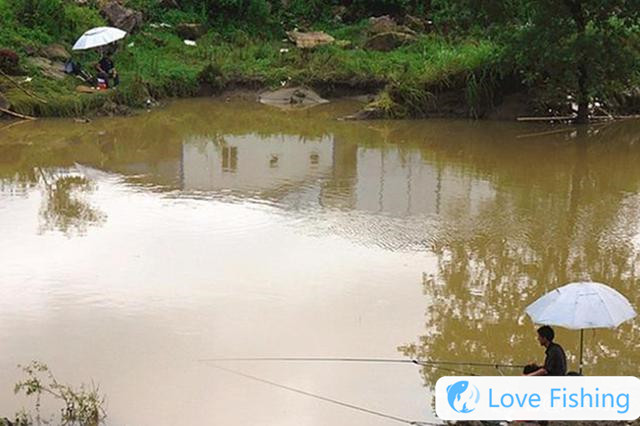
3. Tributaries on large water surface
When fishing for carp, we usually go to larger water surfaces. This is also the reason why we believe that the carp's fish situation is about one solar term later than that of crucian carp. In fact, if there are carp on the small water surface, the stage of resuming food is basically the same as crucian carp. But there are not many carp on the small water surface and they are not big in size. The water surface heats up a little slower, so the fishy relationship between crucian carp and carp will naturally be a little later. All large water surfaces such as rivers, lakes and reservoirs often have tributaries to replenish water. Choose the location of the connected tributaries. This is the classic fishing path for fishing carp. Because tributaries heat up faster and have more food and water quality is often turbid, carp will definitely enter tributaries to forage after they resume their feeding. Therefore, you can often see where the water surfaces are connected, and people are often next to each other.
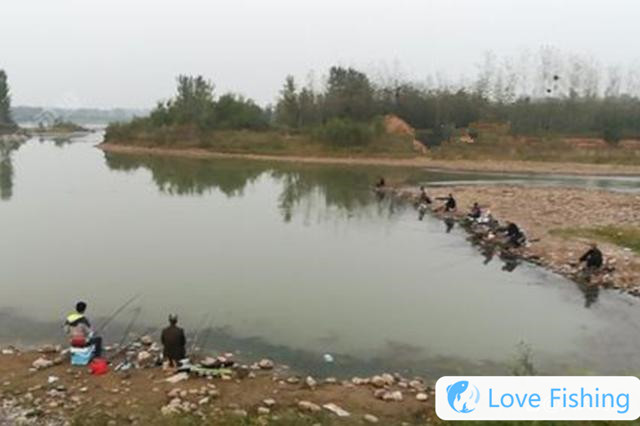
4. Slopes, ridges, steps and platforms with uneven water bottoms
The uneven bottom of the slopes, ridges, steps and platforms are the classic carp nests, which are also the classic habit of carp. They like to hide in areas with deep and shallow water, which is not only convenient for hiding but also foraging. The size of the slope is like a wok, but you should fish for a slow slope instead of a steep slope. There is another advantage in fishing for slopes. Carp is a fish that "burys its head" to eat, and eating food on the slope will be easier. Underwater ridges are also a classic terrain for fishing for carp. In fact, they are quite similar to the terrain on the slope, but the water depth changes less and excessively. Underwater steps, platforms, and ditches also belong to this type of terrain. In any uneven place at the bottom of the water, it is actually easier to catch big carp. There are also plow tips, wide and narrow peninsulas in the water, etc., which are also typical fish tunnel terrain. However, carp in spring tend to move in warm shallow water areas, so the first choice should be where the terrain is not too deep and there are more special terrain.
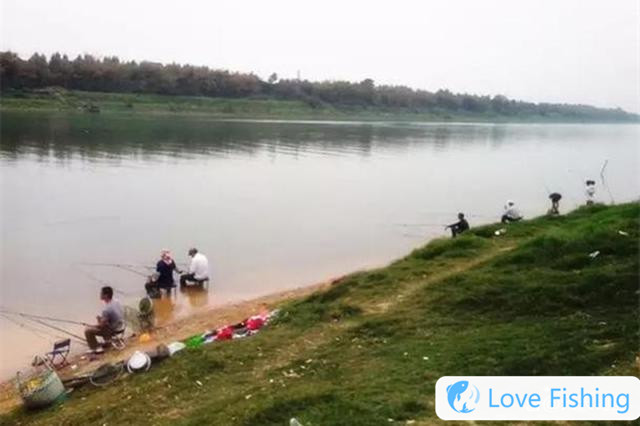
It is recommended to fish in Xiangyang Bay first, which is the first terrain for carp. The second choice is a large surface tributary. As the carp's physical strength slowly recovers, the range of foraging will become larger, and the fish situation will be better on other terrains. Please pay attention to favorites and likes, and update them on time every day. Thank you all fishing friends!
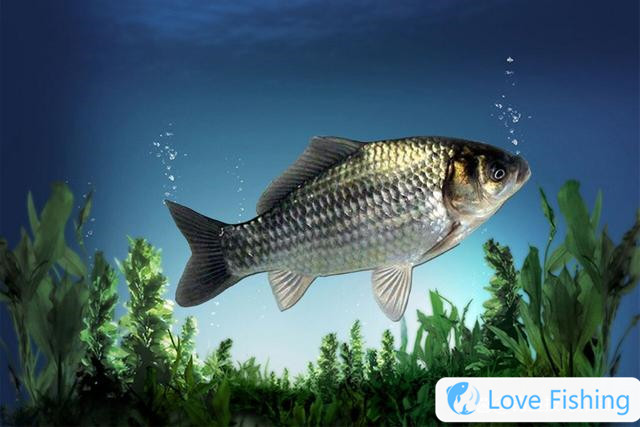 When Will Crucian Carp Open Their Mouths? The Four
When Will Crucian Carp Open Their Mouths? The Four 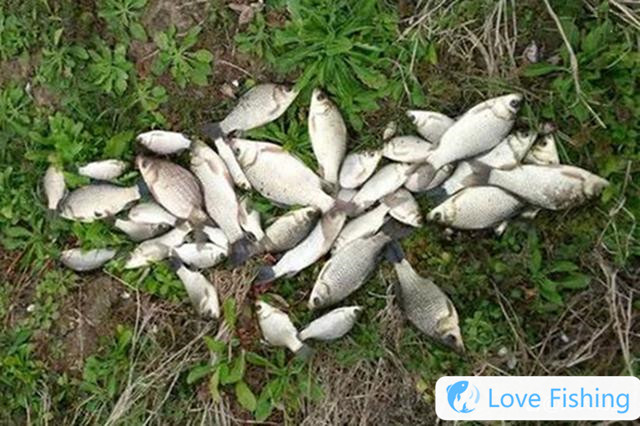 Fishing In The Middle Of The Spring, Although The F
Fishing In The Middle Of The Spring, Although The F In Spring, Fishing For Carp In Wild, Find 4 Classic
In Spring, Fishing For Carp In Wild, Find 4 Classic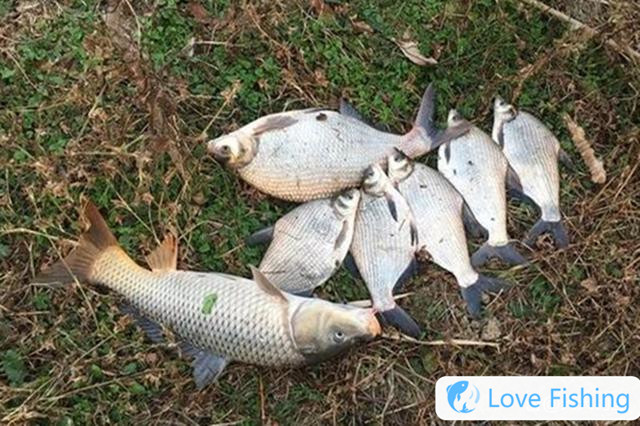 Wild Fishing Position Selection Skills: Choose Diff
Wild Fishing Position Selection Skills: Choose Diff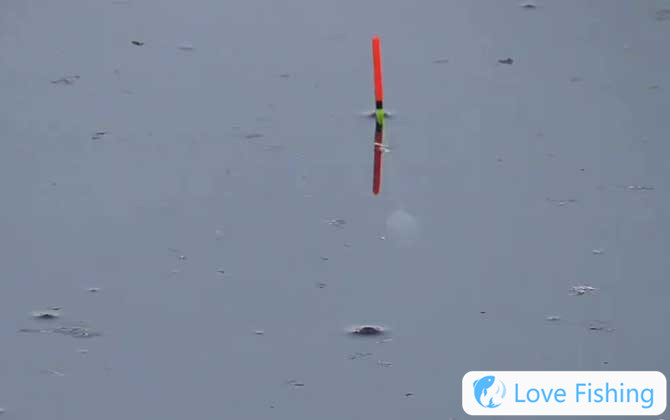 Fishing At The Bottom Or Floating In The Cold Weath
Fishing At The Bottom Or Floating In The Cold Weath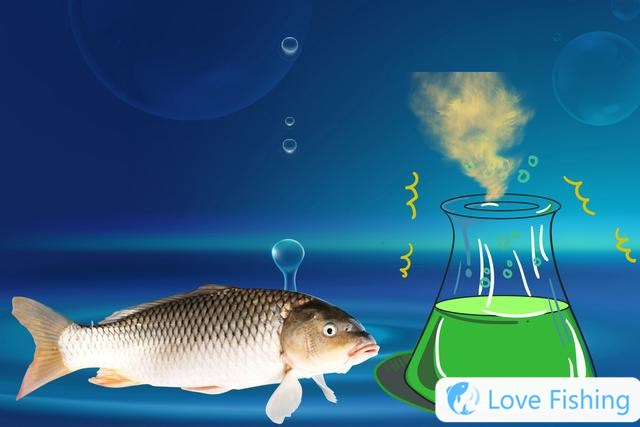 How To Catch Slippery Carp? 5 Foraging Characterist
How To Catch Slippery Carp? 5 Foraging CharacteristAbout us| Privacy Policy| Contact Us
Copyright © 2023-2030 Copyright@Love Fishing XML map